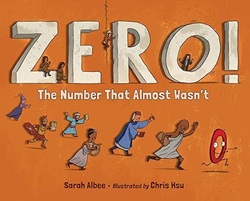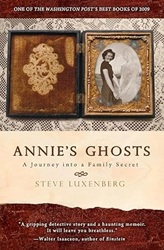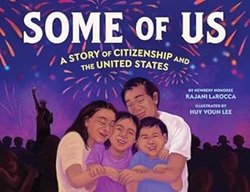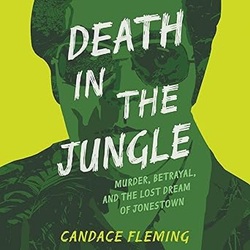Review of If Looks Could Kill, by Julie Berry
by Julie Berry
read by Jayne Entwistle
Simon & Schuster Audio, 2025. 15 hours, 24 minutes.
Review written November 14, 2025, from a library eaudiobook.
Starred Review
This brilliant novel is Medusa vs. Jack the Ripper! But not a Greek Medusa. Instead, Medusas are something like vampires, getting created by a kind of infection. But then they stand against those who would prey on vulnerable women.
The setting of the book is the Bowery in New York City in 1888. Jack the Ripper, the Whitechapel Killer, is fleeing London after a very strange encounter with his last victim. Meanwhile, in New York, 18-year-old Tabitha Woodward is adjusting to her new life in the Salvation Army and her annoying partner, Pearl. Tabitha and Pearl visit the saloons and bars, selling the Salvation Army’s newsletter and coaxing people to come hear the preaching. They meet the people in the city and see a girl get pulled into the orbit of a notorious madam.
And I don’t want to give anything away, but yes, the story ends up being Medusas vs. Jack the Ripper. With the innocent and earnest Salvation Army girls in the middle of it.
I appreciated the long historical note at the back reflecting the author’s deep research. She chose a likely suspect for Jack the Ripper who actually came to New York after the murders. She even gave him a plausible motive, using the theosophical teachings popular at the time to use almost-living organs to try to cure his own illness. She honored his victims, who may not have been prostitutes at all. And I especially love the way she also researched the early Salvation Army and showed Tabitha and Pearl’s deep faith and desire to help people in trouble in the slums of New York. I was afraid when they showed up that they’d be a caricature, but they were the opposite of that.
And I do love a story where the helpless become powerful! But these Medusas don’t blindly use their power. It’s not a matter of one look turns the viewer to stone – they have to mean it. And they grapple with the meaning of that power. There are scary moments, and a few in-the-nick-of-time rescues, but it all adds up to a fascinating historical story with lots of suspense. There’s even a developing sweet romance.
I heard about this book at ALA Annual Conference last June, but wasn’t able to get an Advance Reader Copy, so I was looking forward to its publication ever since and got on the holds list for the audio the first day I purchased it for the library. I knew to expect good things from Julie Berry, and I was not disappointed.
Find this review on Sonderbooks at: www.sonderbooks.com/Teens/if_looks_could_kill.html
Disclosure: I am an Amazon Affiliate, and will earn a small percentage if you order a book on Amazon after clicking through from my site.
Disclaimer: I am a professional librarian, but the views expressed are solely my own, and in no way represent the official views of my employer or of any committee or group of which I am part.
Subscribe for more reviews and talk about books.
Join the conversation: What did you think of this book?









